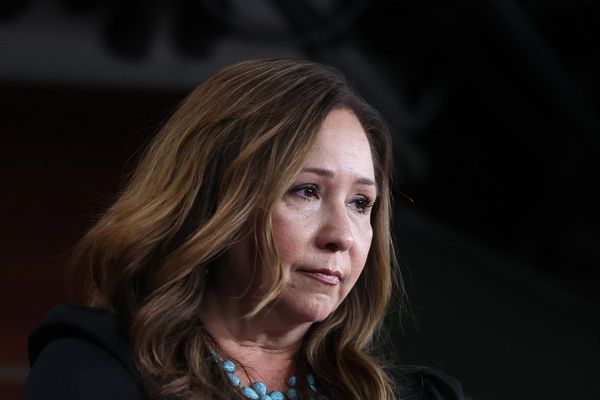
Councils across the country are urging people with empty holiday homes and Airbnbs to move them on to the long-term rental markets in a bid to deal with the housing crisis.
But policy experts say doing callouts to create more rental housing stock is “taking a piecemeal approach” to a crisis that needs urgent intervention.
Hepburn, Alpine shire, East Gippsland shire and Bega Valley are among the councils to send letters to ratepayers – with varying degrees of success. Eurobodalla in New South Wales also asked ratepayers with a second home in the shire to consider placing their property into the rental market, noting that more than 80 homes came on to the market after the 2019-20 bushfires using that approach.
In Noosa the mayor, Kim Rawlings, put out the call after watching the median weekly rent increase to $700 in the December 2022 quarter compared with $490 in December 2019.
“Council only made this request very recently so it’s a bit early to tell, however, we are tracking the change from short stay to permanent and we are seeing a number of properties shift from short stay to long-term letting – this is positive,” she said.
Mornington Peninsula’s mayor, Steve Holland, asked residents in January to move empty dwellings to the long-term rental market.
“The call to action was for residents to contact real estate agents directly, however, we fielded about 10 inquiries from people interested in listing their place and connected them with either an agent or local support service,” Holland said.
Research conducted last year by the University of Queensland for the ABC revealed there were 251,000 homes in Australia listed on short-term stay websites listed in September.
Inside Airbnb, which tracks listings to show the impact of short-term rentals on the rental market, shows there are 20,768 listings in Melbourne and 22,659 across Sydney.
Brendan Coates, economic policy program director at Grattan Institute, said in the short term, Australia cannot build itself “out of the housing squeeze” which is set to worsen as migration increases.
“Then the only [way] you can really get more housing supply is to either get people to better use the existing stock by living in share houses, or [by] renting out a spare bedroom or by getting it from the short stay market,” Coates said.
“And in a world where you’ve got lots of people literally sleeping in caravans, cars or tents, then there’s a really strong case for trying to pull a combination of the short stay accommodation market to make sure that people at least have a roof over their head.”
Coates said councils doing callouts was “a “piecemeal approach”.
“A much more systematic approach would be for state governments to levy a higher rate of land tax on short-stay accommodation,” he said.
But Hayden Groves, the president of Real Estate Institute of Australia, said if the example in Eurobodalla shire were mirrored in every council, it could release 42,000 dwellings.
“If we make a nationwide effort, that could release as many as 42,000 new rental listings into the market across the country ahead of winter, averaged out across our 537 local governments across Australia,” Groves said.
With winter approaching, it was critical that every dwelling was used to house tenants, he said.
“We all know there’s a supply crisis, we don’t have enough houses to go around,” Groves said. “While state and federal governments have varying degrees of plans to create more affordable responses, the reality is that will take some time.”







